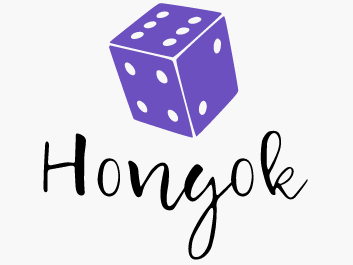How could shuffling a simple pack of 52 cards have a staggering number of possible combinations? The given number (8 x 10^67) is a permutation arrived at by the factorial of the total number of cards, denoted as 52! or 52 factorial.

Why do you need it? So that you can understand why a simple search for Poker rules always returns to be like totally random card combinations. You’ll find that the names for the different Poker Handsis the only thing in common between one and any other Poker rules picture.
What to look for in a good Poker Rules Picture
Poker is all about shuffling a 52-deck pack of cards, distributing up to5 cards among players accordingly, and placing bets before dealing the winning Hand with the highest-scoring combination. The cards could be played as Poker drawwhich is face-down, or as Poker studwhich is face-up. Now you know why there is no “universal” Poker rules picture.
The Hands in a Poker Rules Picture
The game of Poker has a set of 8 Poker Hands that can be dealt to make a win. Each Handhas a value and they are ranked in the following order from the least Hand to the highest Hand in Poker.
1. High Card
This is a unique Hand combination of cards. It typically takes the value of the highest value card, hence the “High Card”.
The ordered Hand with the 1st highest value card wins, and if the same then the 2nd highest value card, and if the same then the 3rd highest value, and if the same then the 4th highest value, and if the same then the 5th highest value.
Example.: For the Hand (A – J – 10 – 9 – 6) the highest score card is A – Ace; hence an “Ace High-Hand”.
2. One Pair
A Hand with just 1 pair of equal value cards combined with 3 unrelated other-value cards.
Example: Hand (A – A – Q – 9 – 5); Hand (K – K – 7 – 6 – 3).
3. Two pair
This Hand has 2 pairs of same-value cards combined with a 5th other-value card.
Example: Hand (K – K – 10 – 10 – 2); Hand (Q – Q – 8 – 8 – 5).
4. Three of a kind
A Hand with a triple card set of the same value, combined with 2 cards of other values.
Example: Hand (K – K – K – 8 – 7); Hand (Q – J – 4 – 4 – 4); Hand Hand (J – 9 – 9 – 9 – 5)
5. Flush
A combination of 5 non-sequential or non-consecutive cards all of the same suit, i.e. all Diamonds/ all Hearts/ all Spades.
Example: Hand (A – J – 10 – 9 – 4) of Diamonds; Hand (Q – 8 – 6 – 5 – 2) of Clubs.
6. Full house
This combines 3 cards of the same value (a “Three of a Kind”) with a pair of same-value cards.
Example: Hand (A – A – 10 – 10 -10); Hand (9 – 9 – 9 – 2 – 2).
7. Four of a Kind
This is a combination of 4 same-value cards with 1 other-value odd card.
Example: Hand (J – J – J – J -K); Hand (A – 3 – 3 – 3 – 3).
8. Royal Flush
This is the highest ranking Hand with 5 sequenced consecutive cards all of the same suit. Numerically ordered: all Diamonds/ all Spades.
It’s the form where all suits are equivalent as it is always the same combination of same-value cards of A – Aces, K – Kings, Q – Queens, J – Jacks and Ten (10).
Example: Hand (A – K- J – Q – 10) of Spades; Hand (Q – 10 – A – K – J) of Hearts.

